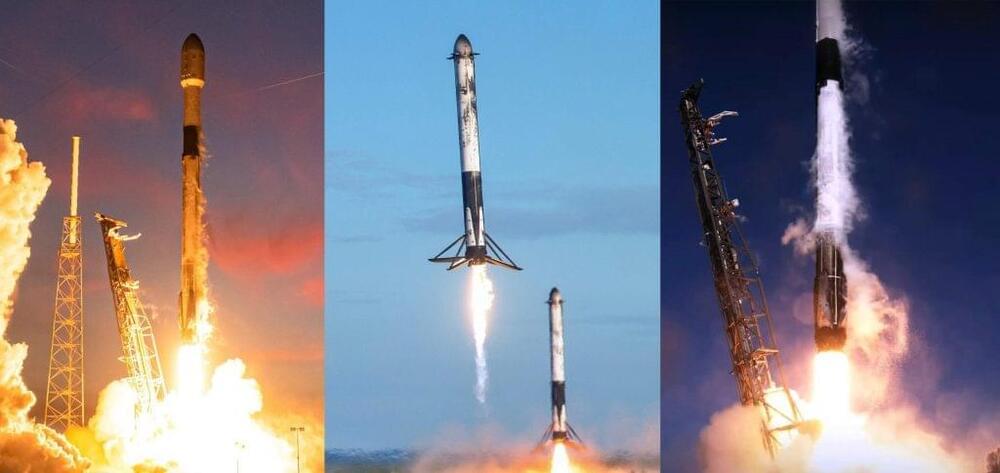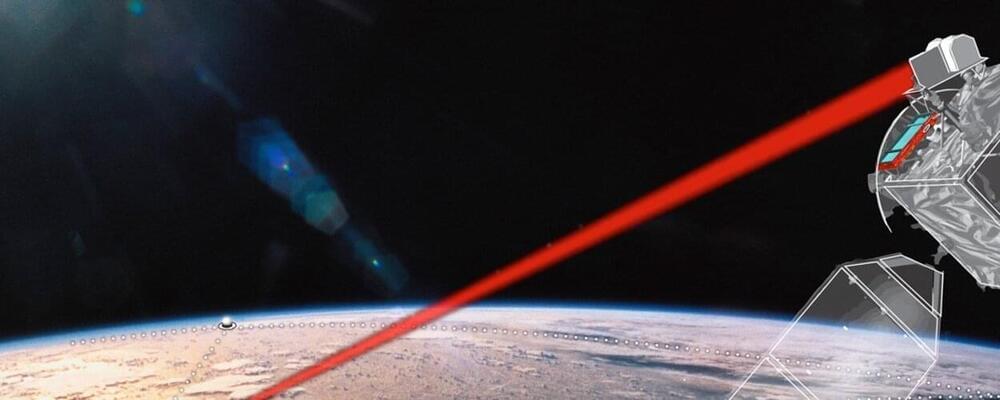WASHINGTON — If you can’t beat them, join them. That is the thinking behind a new managed network service offered by satellite operator Intelsat that integrates geostationary satellites, SpaceX’s Starlink low Earth orbit constellation and cellular broadband.
“A lot of our customers would like to use Starlink and many have been using it,” Don Claussen, Intelsat’s vice president of business development, told SpaceNews at last week’s Satellite 2022 conference.
Satellite communications companies “spend so much time fighting each other over what orbits are better, what band is better,” he said. “If we’re really listening to our customers, what they are saying is ‘we kind of need all of you.’”.









